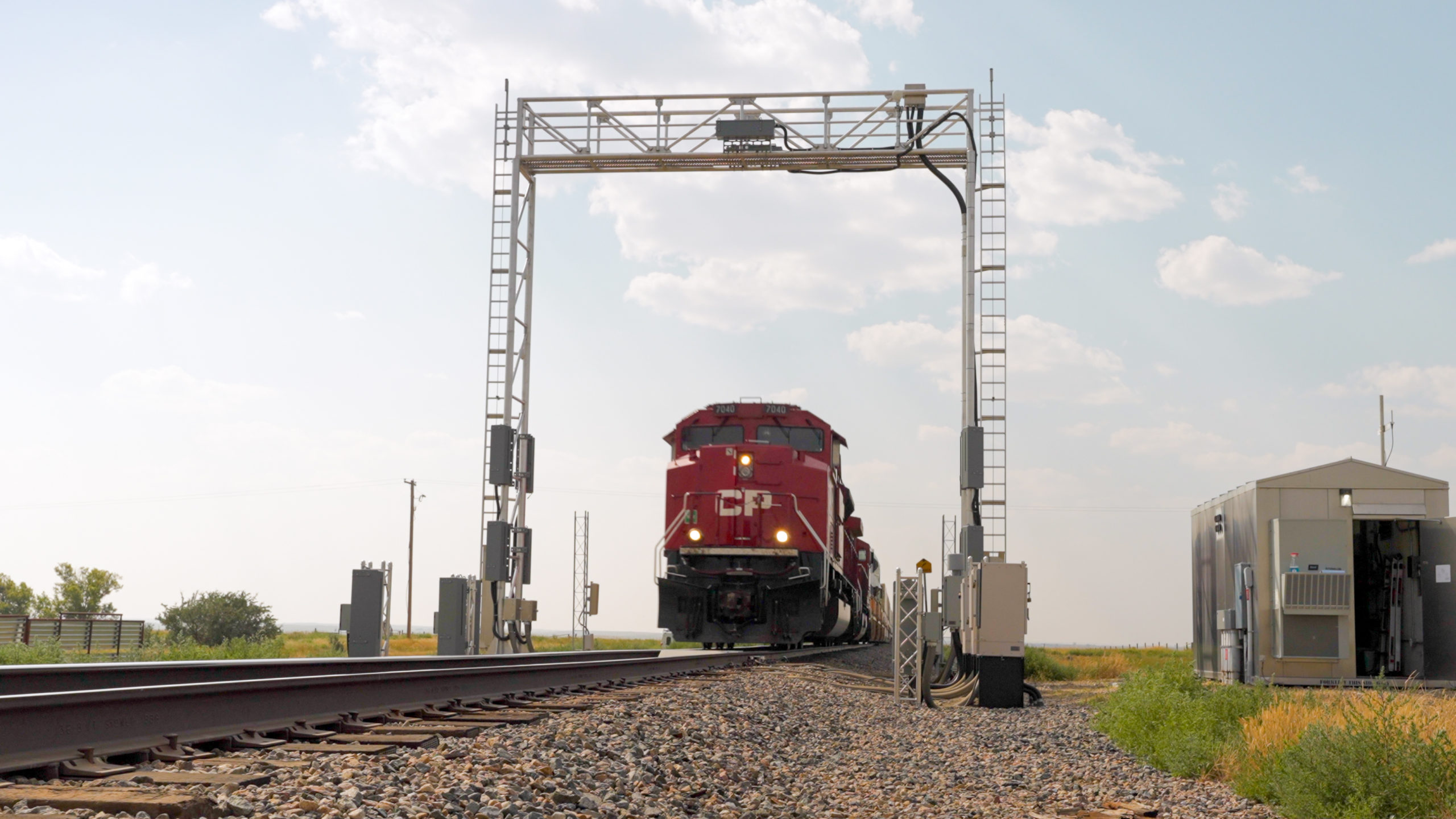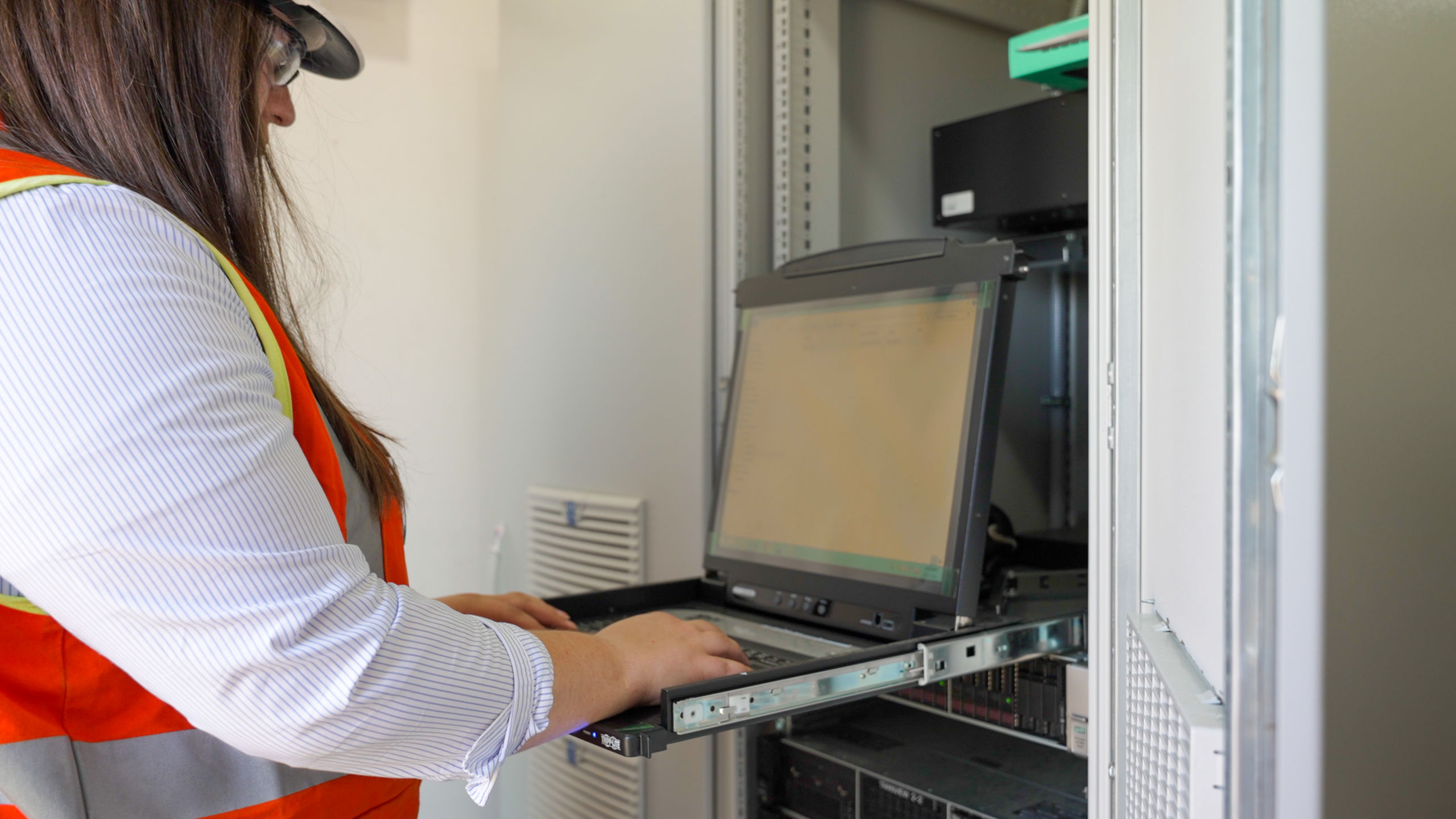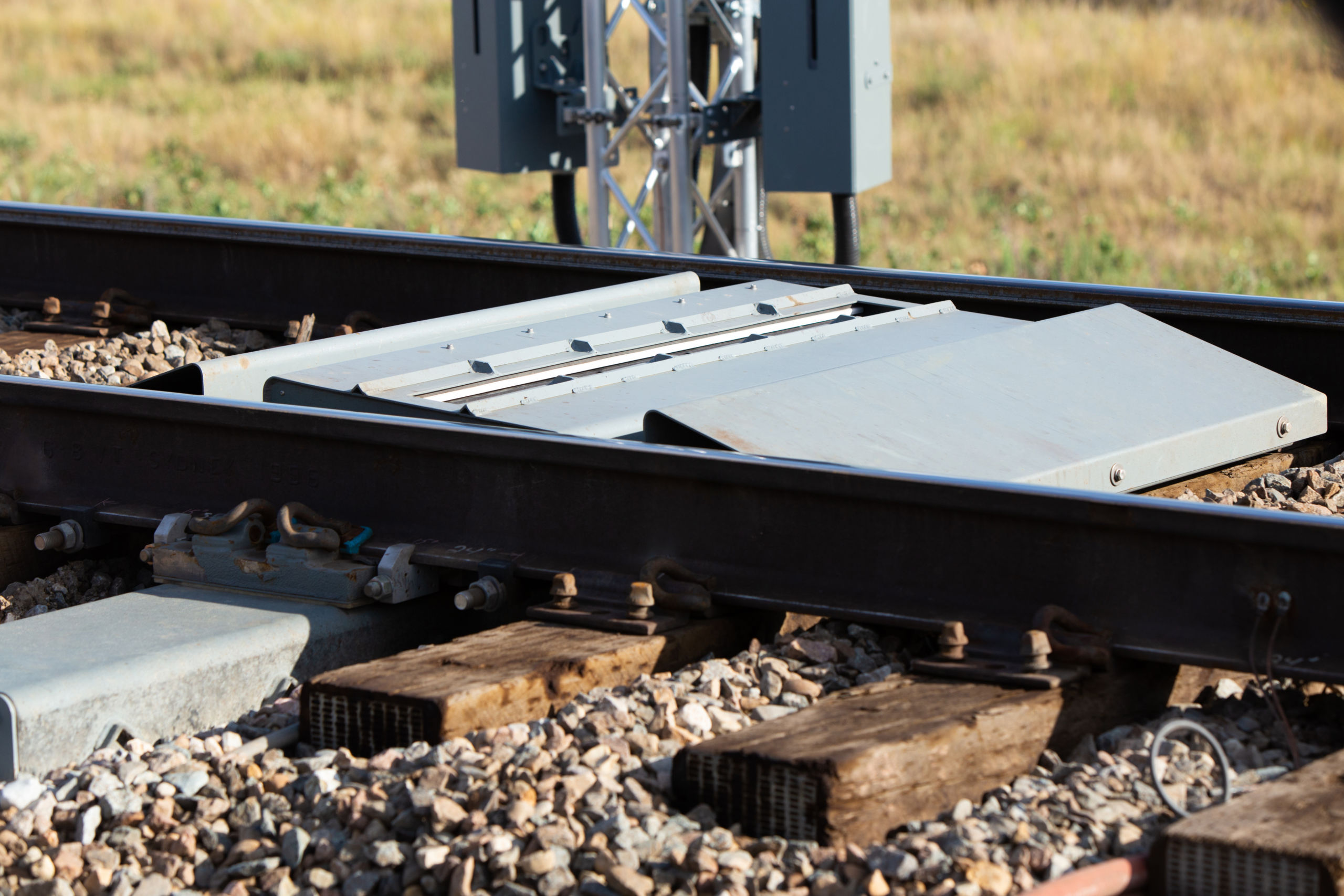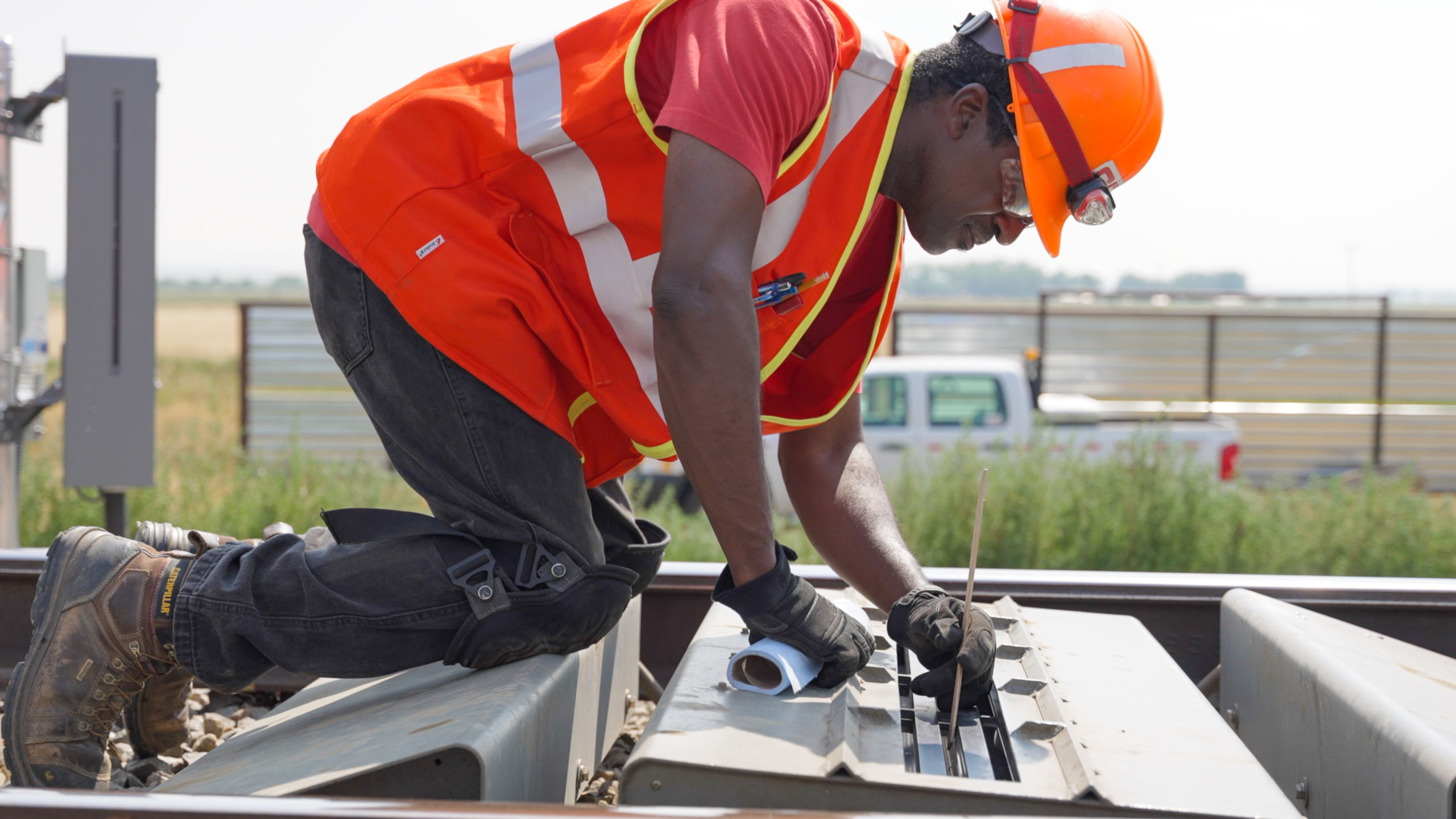Member Profile | Canadian Pacific Railway
In a world of online shopping and globalized supply chains, delivering reliably becomes mission critical for rail companies. At CP, efficiency and safety go together – with technology driving the way forward.

By harnessing the power of big data and predictive analytics, CP is pioneering new processes and regulatory change.
“CP is the first and only railroad to get a Transport Canada exemption for its inspectors to use automated detectors and remote cameras to inspect trains,” CP Chief Engineer, Dr. Kyle Mulligan, says with pride. “We have enhanced the ability of these Remote Safety Inspectors by using cameras to get a 360-degree view of freight cars at track speed and real-time feedback from a network of automated wayside detectors.”
Mulligan says the system – installed near Medicine Hat, Alberta – is aimed at trains heading toward the extremely challenging terrains of the Rockies and is designed to “see things before they happen so they don’t happen.”

Any issues spotted while the train is “in natural state” (that is to say, while in motion) are repaired at a facility in Calgary before trains can proceed westward.
Kyle says the number of ‘bad orders’ has increased since the system was installed while terminal dwell and major derailments are down. It is all an indication, he says, that CP is raising the bar on safety and efficiency.
“We’ve increased the checks and balances, and increased business value.”
Kyle says railroaders with vast operational experience and deep technology knowledge were key to making the system a success, as was backing from CP’s chief executive Keith Creel.

“Our employees are utilizing the technology and they believe in it,” Kyle says, while also highlighting the importance of getting the human side of safety right. “As much as we strive to put attention into technology, we also encourage the home component.” (That being a reference to CP’s Home Safe program.)
The CP team is working with regulators toward expanding its train inspection portal system to cover a second fleet later this year and to install a second portal in Western Canada.

CP hopes its bid for Kansas City Southern will allow it to expand the system into the United States and Mexico, and Kyle says the company is already sharing its experience – even with competitors – at tables like the Railroad Research Advisory Board.
His message – even to smaller operators – is that such solutions can work within large- and small-scale operations.
“The only thing stopping you – you have to have a culture where you are willing to fix more. But you’re going to improve fleet health and network velocity as a result which provides far more benefits.”